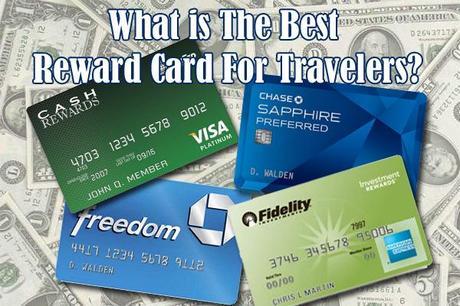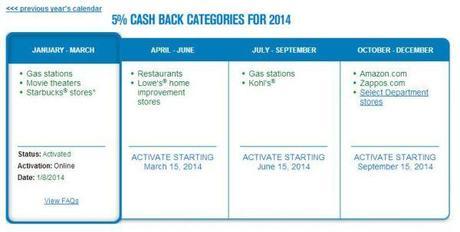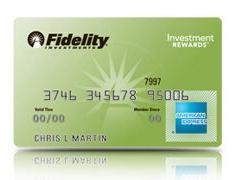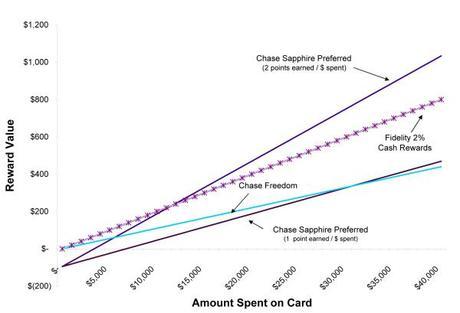 It is a perennial budget traveler question: which credit card reward gets you the most free travel?
It is a perennial budget traveler question: which credit card reward gets you the most free travel?
Nearly two years ago we did a deep dive into the most generous reward cards and came to a surprising conclusion. For the average user, the best cash back cards handily beat the best travel reward cards. We think that is still largely the case today.
So why, then, are we now ditching our no-fee cash rewards cards for the Chase Sapphire Preferred? Because when the facts change, we change our strategies. And since we last tackled this issue, lots of facts have changed.
Among the most important of those changes is that our cash back cards of choice from two years ago have gotten significantly less generous. The Chase Freedom Card, for example, used to pay us almost 2 cents on every dollar we charged. This past year our earnings came in at just 1.1 cents.
We suspect the declining payout is because Freedom has severely gimped the bonus categories on which they pay 5%. Once upon a time, those categories were broad enough to cover a good portion of our spending. Now almost none of our spending earns the 5% bonus.

Chase Freedom’s bonus categories are mostly worthless now, especially for those of us with a dedicated gasoline rewards card.
Our other major cash reward card also changed for the worse. The no-fee Pentagon Federal Platinum Cash Rewards used to pay us 5% on every dollar of spending at gas stations. It was a great benefit for a couple of full-time RVers like us who spend a big chunk of their monthly budget on fuel. Recently Pen Fed announced they were introducing a $25 annual fee and reducing the payout on gas purchases to 3%.
Even with the skimpier payout, it is still a decent card for anyone who buys a fair amount of gasoline. But that brings us to another significant change: Shannon and I will no longer spend very much on gas now that we’re downsizing to backpacks.
By March we’ll be traveling light through Europe for the foreseeable future. Instead of filling up our monster gas tank, we’ll be buying train tickets and subway cards. Given this life change, and change in our spending patterns, it seemed like a good time to update our credit card strategy.

Still one of the most rewarding cards available.
Considering our previous analysis, our first thought was to investigate other cash reward cards. One of the best from our last article, Fidelity’s American Express Cash Reward Card, is still kicking ass.
Unlike the devalued cards in our wallet, Fidelity’s reward program is unchanged from two years earlier – making it still one of the best cards around. The no-fee card deposits 2% of every single charge you make directly into your Fidelity account. No need to jump through hoops or monitor spending categories or evaluate mileage values. Cash is king, and the Fidelity Cash Reward Card is the one by which all other cards should be judged (see our other article for why we normally believe cash is better than miles).
And yet for our particular spending situation, the Chase Sapphire Preferred has Fidelity’s straight 2% cash back bonuses beat – even after considering Chase’s hefty $95 annual fee. Two things make the Sapphire Preferred a better card for us:
1) It pays double rewards on “Travel” and “Dining.” Starting this March, we expect nearly all of our spending will fall into these two categories.
2) You can transfer Sapphire Preferred rewards at full value to participating frequent flyer programs. 1,000 Chase Reward Points become 1,000 United Miles or British Airways Miles, or Virgin Atlantic Miles, among others.
Sapphire, a 4% Reward Card on Travel
The combination of those two things makes the Sapphire Preferred a powerful reward card. A dollar spent on “travel” earns two Chase Points. Those two points are transferable to some good frequent flyer mile programs where they’re worth between 1.4 cents and 2 cents each. Working out the simple multiplication tells us that a dollar spent for travel on the Sapphire Preferred card earns a cash equivalent reward of between 2.8% and 4%. That is far better than Fidelity’s fixed 2% payout.
But that doesn’t mean the Sapphire is a better card for everyone. How you use your card will largely determine which one you should choose.
Like all cards that carry annual fees, the Sapphire starts you out in a decent-sized hole; $95 dollars in the red, to be exact. To make paying that fee worthwhile, you not only have to earn that money back in rewards, but on top of that you also have to earn at least as much as you otherwise would have earned using a no-fee card like Fidelity’s.
To help demonstrate that concept we’ve prepared a graph comparing the rewards earned using various cards at different spending levels. We included two calculations for the Sapphire Preferred card; one where all spending qualifies for double rewards and one where none does. Most real-life users will earn something between these two lines because some spending will earn double points while the rest will only earn single point rewards.
How Much are Your Credit Card Rewards Really Worth?

Therefore, if you don’t expect to spend more than $11,000 each year on travel and dining, then you’ll likely be better off with Fidelity’s 2% card.

Our new preferred credit card for travel purchases.
For the sake of preparing these numbers, we’ve assumed a value of 1.4 cents per frequent flier mile. If you cash in your miles for tickets worth less than that, you’ll have to spend more on the Sapphire card than what we’ve shown here. However, we think the 1.4 cent valuation is pretty conservative. We snagged our upcoming flight to Madrid for exactly 2 cents per mile. At that kind of exchange rate you only need to spend $5,000 on bonus categories to blow past Fidelity’s 2% payout.
The other thing you can see from this graph is that if you don’t spend anything on “Travel” and “Dining” the Sapphire Preferred is almost always worse than even my gimped Chase Freedom card. And it’s significantly worse than the Fidelity card.
What this also tells you is that the best earning strategy is to carry both the Sapphire and the Fidelity cards (and maybe even the Pen Fed card if you spend a lot on gasoline.) Use the Sapphire for travel and dining, Pen Fed for gas and Fidelity for everything else.
The moral of the story is that the best cash back cards are still pretty hard to beat for most users. But for those of us who spend a lot on travel, the Chase Sapphire Preferred is an even more rewarding choice.

